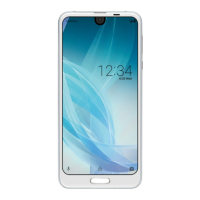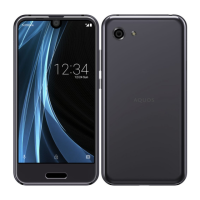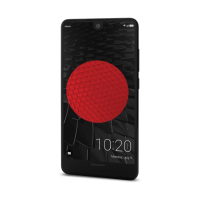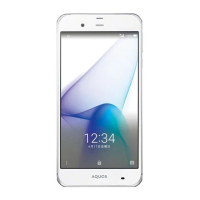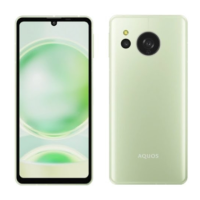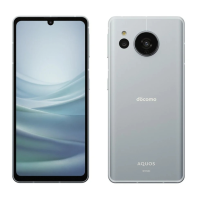154
Appendix
Appendix
Troubleshooting (FAQ)
Troubleshooting
z
Check whether system update is required. If so, perform system
update (
☞
P. 160 “System update”).
z
If there is no improvement on the problems even after checking
the following items, contact the support phone number listed on
the Warranty Card.
Power
z
The handset is not turned on
y
Make sure the battery has not run out.
☞
P. 40 “Charging”
z
The screen does not respond or the handset cannot be turned
off
y
You can turn the power off forcibly by pressing
9
for at least 8 seconds.
y
Release your finger after the vibrator is activated to turn the
power off.
y
Note that data, contents you have set, etc. may be deleted
since the power is turned off forcibly.
Charging
z
Cannot charge the battery
The charging lamp does not illuminate or it flashes
y
Is the charger inserted into the outlet properly?
y
When using a charger, are the charger, USB cable, and the
handset securely connected?
☞
P. 41 “Charging with
charger”
y
When using USB cable, is the power of PC turned on?
y
When the wireless charger is used, is the wireless charge
position of the handset aligned with the position on the
wireless charger correctly? For details on the wireless charge
position
☞
P. 32 “Part names and functions”
If a cover (commercially available), etc. is attached to the
handset, remove it. Also, if a metal or other foreign object is
trapped between the handset and wireless charger, remove
the object and then reposition the handset by aligning it with
the charge position correctly.
☞
P. 42 “Cautions while
wirelessly charging”
y
If a call, communication or another function is performed for a
long time while charging, the handset may become warm and
charging may stop. Charge again after the handset
temperature lowers.
☞
P. 40 “Cautions while charging”
Handset operation
z
Becomes hot while operating/charging
y
The handset, internal battery, charger or USB cable may
become warm while you are operating or charging the
handset, when you use watch video, etc. for a long time while
charging, etc. There is no operational problem.
☞
P. 40
“Cautions while charging”
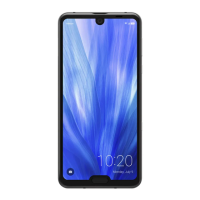
